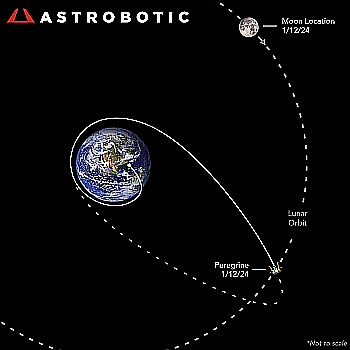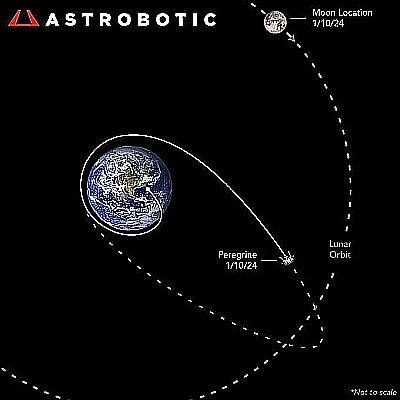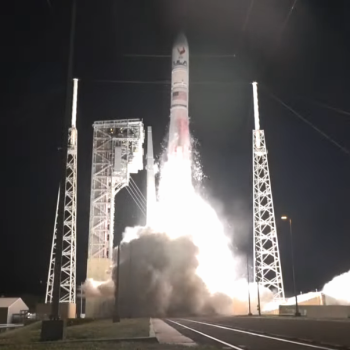SpaceX requests 43 acres of nearby Boca Chica State Park, offering to expand another park by 477 acres
In order to “expand its operational footprint” at Boca Chica, SpaceX is asking to buy 43 acres of nearby Boca Chica State Park, and will offer as part of the purchase 477 acres adjacent to the Laguna Atascoca National Wildlife Refuge several miles to the north.
The link above includes maps showing the relative location of the properties. According to the meeting agenda for the Texas Parks and Wildlife department (TPWD), scheduled to take up this exchange next week, the commission already favors the deal.
“This acquisition will provide increased public recreational opportunities including hiking, camping, water recreation, and wildlife viewing, and allow for greater conservation of sensitive habitats for wintering and migratory birds,” the TPWD agenda stated. The agenda concludes by stating that the Commission finds that the proposed exchange is in the best interest of TPWD.
The public has been invited to comment on the deal at the meeting. Do not be surprised if we have a riot at that meeting of leftist activists protesting this deal.
Hat tip Robert Pratt of Pratt on Texas.
In order to “expand its operational footprint” at Boca Chica, SpaceX is asking to buy 43 acres of nearby Boca Chica State Park, and will offer as part of the purchase 477 acres adjacent to the Laguna Atascoca National Wildlife Refuge several miles to the north.
The link above includes maps showing the relative location of the properties. According to the meeting agenda for the Texas Parks and Wildlife department (TPWD), scheduled to take up this exchange next week, the commission already favors the deal.
“This acquisition will provide increased public recreational opportunities including hiking, camping, water recreation, and wildlife viewing, and allow for greater conservation of sensitive habitats for wintering and migratory birds,” the TPWD agenda stated. The agenda concludes by stating that the Commission finds that the proposed exchange is in the best interest of TPWD.
The public has been invited to comment on the deal at the meeting. Do not be surprised if we have a riot at that meeting of leftist activists protesting this deal.
Hat tip Robert Pratt of Pratt on Texas.





